Tridonic Luminaire accessories
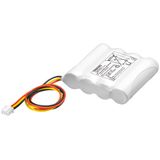
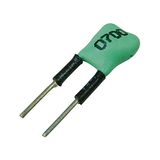

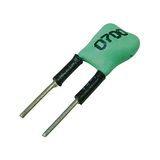
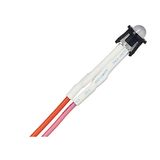
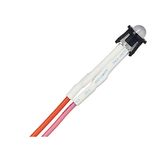

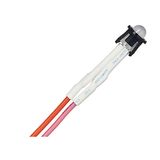

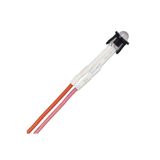
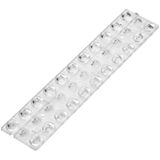
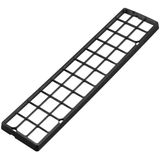
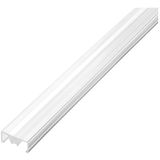
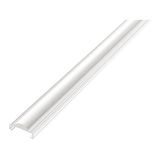

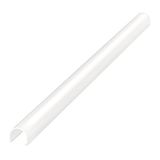

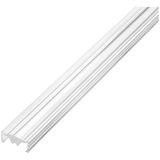
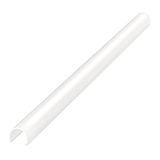
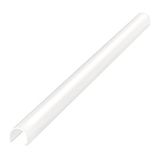

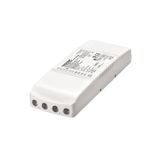

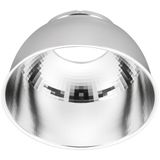
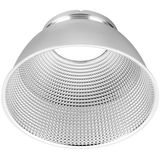
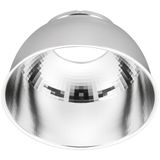

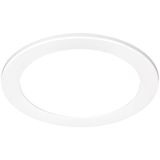
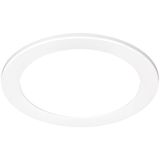
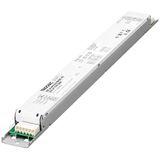




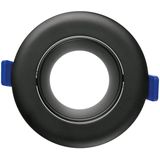
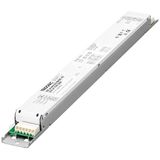
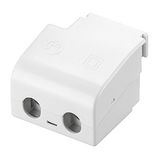



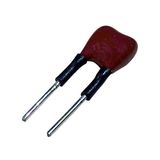
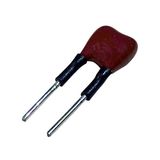
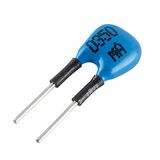
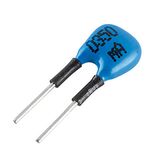
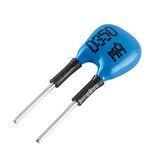
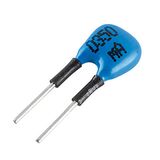

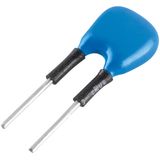
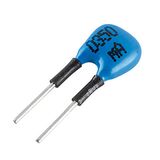

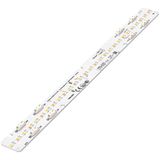
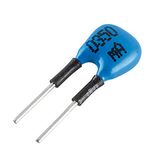
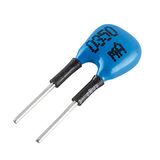


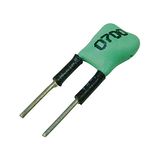
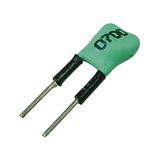
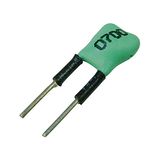
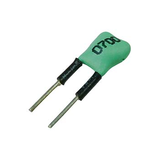

tridonic luminaire accessories brand context and scope
Projects run cleaner when gear trays, glands, and harnesses share one footprint. With tridonic luminaire accessories, installers keep connector families, thread sizes, and fixing points consistent across panels, panels, and ceilings. Expect 220–240 V AC environments, SELV/ELV segregation, IP20 for indoor housings, and IP40–65 for exposed locations, with glow-wire 650/850 °C plastics where required.
tridonic lighting accessories product range and series overview
The catalogue of tridonic lighting accessories spans gear-tray brackets, glare shields, optics, louvers, emergency test sets, strain-relief grommets, end-caps, suspension kits, and trunking joiners. Families are keyed so UGR, beam shape, and through-wiring can be tuned without changing the base luminaire code.
tridonic mounting kits options and mechanical details
Ceiling, trunking, and catenary options cover fast-fit clips, adjustable wires, rigid brackets, and anti-vibration bushings. Using tridonic mounting kits ensures repeatable hole patterns, M20/M25 gland plates with 360° braid clamping, and load ratings matched to IK and seismic notes. Typical torques: 0.6–1.2 Nm for terminal blocks; 2.0–3.0 Nm on bracket fixings.
tridonic connectors and adapters electrical interfaces and EMC
Push-in and screw terminals accept 0.5–2.5 mm² Cu; keyed plugs keep SELV away from mains. DALI-2/DT8, corridor function, and emergency harnesses share pinouts so trays swap in minutes. With tridonic connectors and adapters, EMC practice is predictable: 360° shield terminations, segregated routes, ferrites where long leads approach drivers, and lead-length limits published per driver current.
Integration with other brand products
Drivers, sensors, and emergency inverters from the same platform use uniform headers, test-button cut-outs, and label sets. Gear trays arrive with matching strain relief and loop-through hardware, reducing assembly time and error rates floor by floor.
tridonic spare parts for luminaires serviceability and lifecycle
Field teams want spares that drop in without rework. Kits include reflectors, diffusers, gear trays, seals, and driver/battery sets with identical footprints. Choosing tridonic spare parts for luminaires keeps SDCM, optic code, and driver inrush the same, so photometry and breaker tables survive a swap.
tridonic installation accessories applications and compatibility
Office, retail, healthcare, and logistics spaces use gaskets, cable clamps, blind plugs, through-wiring links, and emergency indicators that share cut-outs. When tridonic installation accessories are specified, select IP/IK to match area risk, confirm glow-wire class, and align corridor or daylight sensors with the control tree already on site.
tridonic wiring components selection notes for B2B buyers
Internal leads are rated 300/500 V with heat-resistant insulation; halogen-free options are available for sensitive occupancies. For tridonic wiring components, check strip length 8–12 mm, color code consistency, and pre-crimped ferrules where stranded cores are mandated. Publish maximum luminaires per circuit at 230 V considering PF and THD.
Technical specifications and standards
- Electrical: 220–240 V AC mains; SELV LED outputs; DALI-2/DT8 interfaces.
- Mechanics: M20/M25 gland plates; IK07–10 brackets; −20…+45 °C typical ta for accessories in ceiling voids.
- Materials: UL94 V-2 to V-0 plastics; glow-wire 650/850 °C per IEC 60695-2-11.
- Compliance: EN 60598-1/-2-xx (luminaire safety), IEC/EN 61347 and IEC 62384 (control gear), EN 60529 (IP), EN 60598-2-22 for emergency ancillaries.
- Wiring: 0.5–2.5 mm² Cu; torque 0.6–1.2 Nm; 360° shield clamp at gland; SELV/mains segregation maintained.
Applications and compatibility
Open-plan offices: UGR tweaks via optics and louvers; quick connectors speed panel-to-panel swap.
Retail and galleries: accessory reflectors for beam control; discreet test indicators.
Education and healthcare: tamper-resistant fixings; low-flicker emergency drivers on matching harnesses.
Industrial aisles: IP65 glands, stainless fixings, and loop-through kits for long runs.
Selection criteria for B2B clients
Fix mounting first (recessed, surface, trunking, suspension), then optics and control. Define IP/IK, ambient, and surge level; confirm emergency cut-outs and indicator sightlines. Lock a single connector family, strip lengths, and torque windows. Keep one label font/size across floors to reduce maintenance errors.
Advantages of working with Bankoflamps
Procurement follows your commissioning slots. Expect project-specific pricing, near-hour quote turnaround by EAN/MPN, and live EU stock before crews book lifts. The portal shows lead times, status, and downloadable price lists with validity periods you can plan against. Trusted customers can use post-payment up to 30 days. We consolidate room-bundled shipments so brackets, glands, harnesses, indicators, and gear trays arrive together; your account manager cross-checks optics, currents, IP/IK, inrush/MCB data, and wiring notes against drawings—keeping installs site-ready across France, the Baltics, Germany, Spain, Italy, Belgium, and the Netherlands.